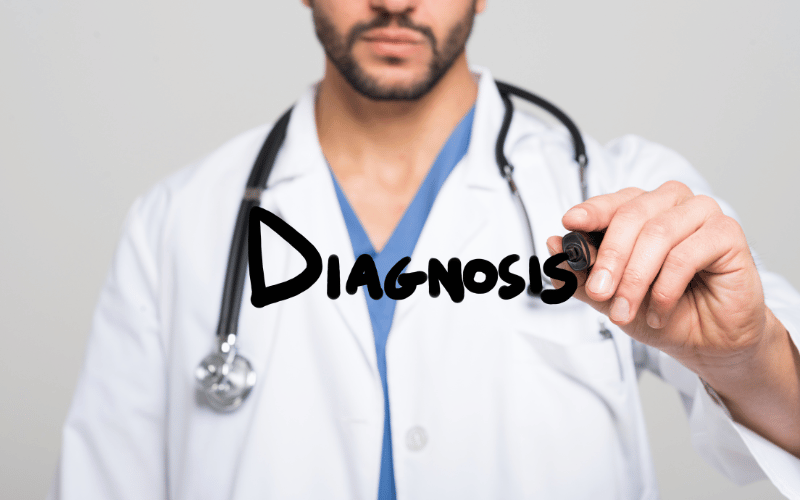Fact 4: Diagnosis Techniques

The diagnostic journey for an anal fistula typically starts with keen observation. A seasoned doctor might conduct a meticulous physical examination, scouting for external openings or signs that scream “fistula”. It’s the primary detective work, relying on visual and tactile cues.
However, not every fistula wears its presence on its sleeve. Hidden or intricate fistulas necessitate advanced imaging. Enter techniques like MRI (Magnetic Resonance Imaging), which offers a deep dive into the body’s internal structures. Or consider an ultrasound, another potent tool that can depict the fistula’s course with impressive clarity.
There are times when even these advanced imaging techniques might not suffice. For such stubborn cases, the fistulogram comes to the rescue. Picture this: a contrast dye, meticulously injected into the potential fistula, followed by X-rays. As the dye journeys through the fistula’s route, it lights up on the X-ray, offering insights into the fistula’s layout.
Beyond these, an endoscopic examination can sometimes provide valuable information. By inserting a specialized tube with a camera, the physician can get a direct visual of the internal structures, potentially spotting fistula tracts. It’s like having a spy camera, offering a front-row view of the affected region.
All these tools, from basic observation to sophisticated imaging, converge towards one aim: pinning down the diagnosis. Because, in the world of medicine, knowing your adversary is half the battle. And with fistulas, a precise diagnosis can shape the roadmap to recovery. (4)